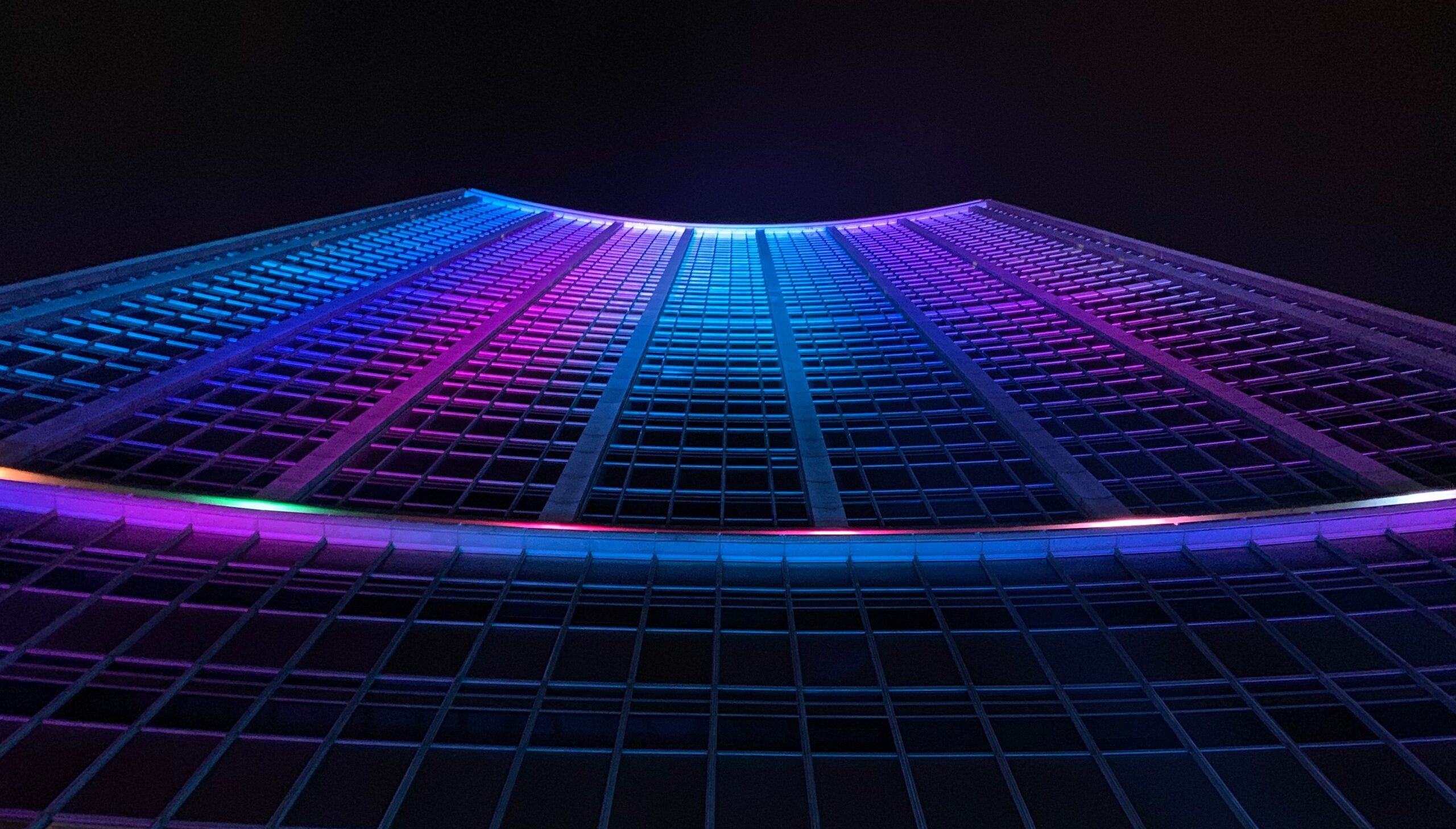There is a lot of talk about autonomous cars, but the truth is that this technology is giving much better news at sea. A cargo ship called Suzaku has managed to complete the world's first autonomous commercial journey, and it has done so thanks to preliminary tests and, above all, an advanced artificial intelligence system.
A promising success. The Suzaku ship was carrying a load of 749 tons and has traveled 491 miles (790 kilometers) without human intervention for 99% of that journey. The trip, which lasted 40 hours, had its origin in Tokyo Bay and its destination in the port of Tsumatsusaka in Ise Bay.
Welcome, Orca AI. The secret of this success is in the artificial intelligence system used on the way. Its name is especially convenient: Orca AI, and it is a development that makes use of eighteen cameras that provide a 360º view —but not LiDAR, as they say in Tesla— with which it is possible to offer detection, tracking, classification and estimation away from other ships and obstacles in real time.
The system has been training for this route for a year, and that allowed it to successfully cross one of the most congested maritime areas in the world. During its voyage, the ship autonomously performed 107 collision avoidance maneuvers, avoiding 400 to 500 ships.
A potential revolution. Projects surrounding autonomous ships are less well known, but have also been under development for some time. In 2018, the Rolls Royce maritime division collaborated with Intel to create the Falco, a conventional ferry to which it added that artificial intelligence "kit" to provide it with autonomy in navigation.
Last year we already talked about "barcotaxis", and the Norwegian company Yara International has also prepared its Yara Birkeland, its first autonomous and, attention, electric cargo ship. The ideas here are also varied, and it is shown by the IBM Mayflower that wanted to cross the Atlantic autonomously and being powered by solar panels.
… with challenges ahead. Other companies such as the South Korean Avikus propose that same revolution, although the systems, they say in Nikkei Asia, are not yet prepared for long journeys without some kind of human assistance. There is another problem: international regulation, which must be updated before this technology can be widely implemented.
The European Union already contemplates that future, and has an operational guide for the so-called Maritime Autonomous Surface Ships (MASS). The International Maritime Organization (IMO), the United Nations agency responsible for protecting the marine environment, is also involved in this. This body even defines four levels of autonomy, similar to those used in cars.
All are (or seem to be) advantages. According to a study by Allianz, maritime accidents are caused in 75-96% of cases by human error, and autonomous navigation technology could make such trips safer. In addition, he indicates, this type of system is capable of following navigation routes more precisely, which also helps save fuel. And then there is the other: the costs associated with the crews would be significantly reduced, although a serious potential problem would arise due to the unemployment that these systems could generate.
Holidays at sea. These systems are not only very interesting for the transport of goods, but also for pleasure trips. Some 500,000 pleasure boats are built a year, and there is therefore an opportunity to equip them with these systems and allow their owners not to have to invest time and money in obtaining the PER (Patrón de Embarcaciones de Recreo), the popular title to be able to navigate with this type of ships.



